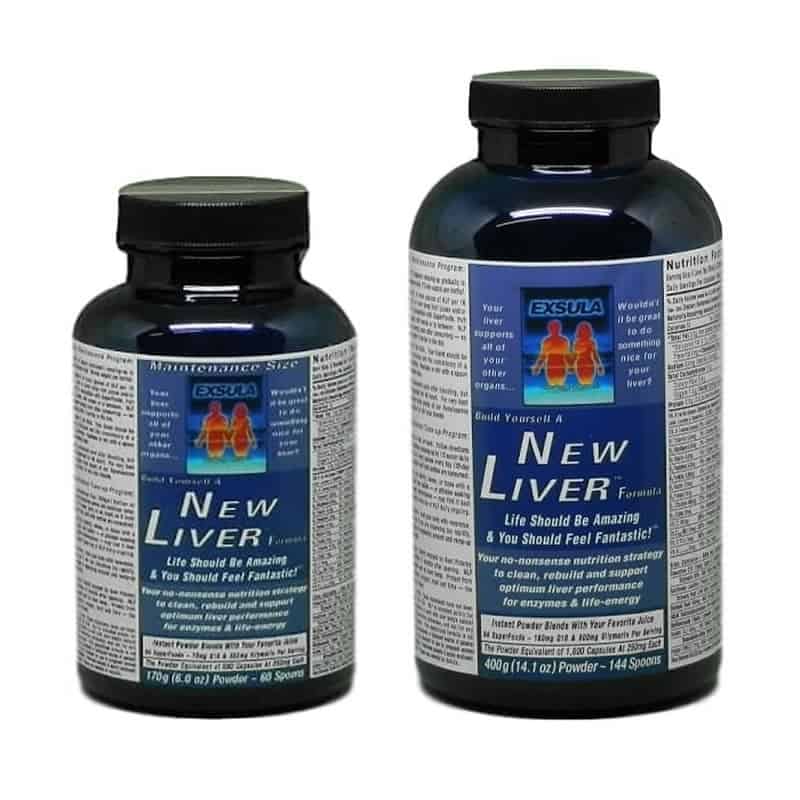No products in the cart.
Hepatitis A and B
Hepatitis A
Hepatitis A is the commonest type of viral hepatitis and occurs worldwide, often in epidemics. Hepatitis A is also known as infectious hepatitis. The virus attacks the liver producing an acute illness with symptoms of nausea, loss of appetite, vomiting, fatigue and jaundice. This illness usually lasts for several weeks and resolves quickly once the virus is cleared from the body. In those who are run down to start with there may be a prolonged or relapsing illness and this occurs in around 15% of cases. However unlike hepatitis B or C, a chronic illness does not develop from the hepatitis A virus, and once the virus is cleared from the body a permanent immunity is acquired. The hepatitis A virus does not cause cirrhosis.
How is Hep A Transmitted?
The virus is spread mainly by ingestion of fecal contaminated food (e.g. shellfish) or water. It is easily spread through food or liquids, cutlery, bed linen and skin exposed to feces contaminated with the virus. Hepatitis A virus is excreted in the feces from about two weeks before the onset of the illness and up to a week after. Transmission can be avoided by adopting high standards of personal hygiene especially in the preparation of food. International travelers are at risk of catching hepatitis A and should consider preventative vaccination. While traveling, drink only boiled or bottled carbonated water, avoid eating all raw fish and shellfish, and use disinfectant soaps for the hands.
It occurs more frequently in developing countries and lower socioeconomic groups, possibly because of overcrowding and poor sanitation. Travelers to areas such as Asia, Africa, India, Eastern Europe and Central and South America are therefore at high risk. When traveling overseas: If needing extra protection, take 2 capsules 3 times a day of Dr. Cabot’s “Olivelife” Capsules. In acute conditions: OliveLife can be taken more frequently i.e. every six hours and the amount can be increased.
Vaccination
There is now a vaccine, which is highly effective in preventing hepatitis A. In those recently exposed to hepatitis A, an injection of gamma globulin can reduce the risk of infection if given within 24 hours of exposure.
Outcome
Generally, people with hepatitis A recover well. However, it can sometimes be fatal and it may take a long while to feel really well again.
Hepatitis B
Hepatitis B is also present worldwide with many people being carriers, meaning that they have no symptoms of the virus but are infected and may unknowingly transmit the infection to others. This is a common viral infection of the liver and worldwide there are estimated to be over 300 million carriers. How is Hepatitis B spread? The hepatitis B virus can be transmitted between humans by blood or sexual secretions. Good hygiene is imperative in reducing the spread of this virus because it can enter the body in many ways- through sexual contact, sores and cuts in the skin, body contact sports, sharing infected needles, razor blades and toothbrushes. Do not share these items, wash your hands regularly with hot water and soap, and cover open wounds in the skin. Hepatitis B virus can also be transmitted where improperly sterilized equipment is used for tattooing, ear piercing and acupuncture. The hepatitis B virus can survive outside the body for long periods of time.
It is one of the most common sexually transmitted diseases in the world. The use of condoms with new sexual partners will protect you. General social contact in the work place and society will not spread the hepatitis B virus. It is not generally spread by food, sweat, tears, coughing, sneezing or kissing. The virus is killed by disinfectants (including bleach) and boiling water, which is why good hygiene is so important in the prevention of this infection. You may become infected from a carrier of the virus who does not know that they have the virus in their body because often it does not produce any symptoms of illness. All blood donors are screened for hepatitis B and C viruses.
What are the symptoms of Hepatitis B infection?
After initial contact with the virus symptoms take on average, around 60 to 90 days to develop. Adults will develop symptoms that vary in severity from mild to severe, and include yellow discoloration of the skin and eyes (jaundice), loss of appetite and nausea, abdominal pains, fatigue, fever, and joint pains. Although these unpleasant symptoms may last for many weeks to months, recovery without any long-term effects is the usual outcome. Those who make a recovery have a good immune system, which eradicates the virus for life.
In a small percentage of people the virus remains in the body long term and is infectious to others. These people are known as carriers. This chronic form of hepatitis B may silently damage your liver as the years go by, and a significant percentage of chronic carriers will develop liver cancer or cirrhosis. This is particularly so if the carrier has a poor diet and unhealthy lifestyle which compromises the immune system. Those carriers who are positive for the “e antigen” of hepatitis B are more likely to develop liver disease. Infants infected by their mothers at birth may not suffer a serious illness initially, however they have the highest risk of becoming long-term carriers.
Prevention
Since 1983 a vaccine against hepatitis B has been available. This vaccine is made using techniques of genetic engineering. Vaccination is a good idea for those who are at a high risk of catching hepatitis B. High risk people are health care workers, hemodialysis patients, low socioeconomic groups, homosexual men, injection drug users, prostitutes, the sexually promiscuous, infants and children of immigrants from disease-endemic areas, infants born to infected mothers, sexual and household contacts of infected persons. Because hepatitis B is such a widespread infection it is recommended that children be routinely vaccinated against this virus.
A hepatitis B immunoglobulin injection is also available to reduce the risk of infection in those people who know they may have just contacted the virus (after needle stick injury or contamination with infected blood etc.) This immunoglobulin injection should be given as soon as possible (within 24 hours) after the exposure.
How is Hep B Transmitted?
Spread of hepatitis B is primarily through contact with blood (for example sharing of needles by intravenous drug users, an infected blood transfusion, contaminated needles used by tattooists), or close personal contact such as sexual intercourse, particularly in male homosexuals. Transmission of the virus from mother to child during or soon after birth is the most frequent means of transmission worldwide The virus is also present in small amounts in the saliva, and this may be a means of transmission in communal situations or in the household of an infected person.
Long term outcomes
With hepatitis B, about 1 percent will develop a rapidly progressive life-threatening hepatitis, some go on to develop chronic hepatitis and about 5 percent become symptom-free carriers. Liver cancer can also be a complication of hepatitis B and C. It is frequent in those (fortunately few) hepatitis B sufferers who have developed established cirrhosis secondary to chronic active hepatitis.







